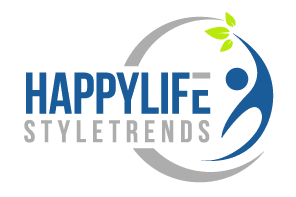No matter what you do or what industry you operate in, if you are committed to your business, you will dedicate time, effort, and resources to develop a meticulously crafted business plan that transforms your business idea into reality. And a strategic approach for success.
A well-thought-out, professional business plan serves as the foundation for a thriving business and becomes essential when seeking investments or business loans.
For your fashion business, the following sections are vital components that should be included in your business plan:
Executive Summary
Often referred to as the “elevator pitch” of your business plan, the executive summary encapsulates your idea, current status, objectives, and the approach you will adopt to achieve them.
While the elevator pitch is typically prepared before the business plan, the executive summary should be the final section you write. It is intended for busy stakeholders and investors who seek a concise overview to determine if your business is a suitable investment opportunity. Essential financial projections should also be included in the executive summary.
Company Structure
This section outlines the founder’s vision and mission statement, explaining the reasons behind starting the business. It should also include biographies of the founder, partners, and executive team, highlighting relevant experience, education, past employment, and unique skills.
Market & Competitive Analysis
In this section, demonstrate your thorough market research (preferably done by a reputable third party.) Provide details about the market size, existing competitors, your unique selling proposition (how you differentiate yourself), target demographics, and a SWOT analysis (strengths, weaknesses, opportunities, and threats). Include any other relevant market data to support your analysis.
Manufacturing
At the stage of writing the business plan, you should have suppliers lined up and be prepared to commence production. In this section, if your business involves selling custom screen printed and embroidered apparel, for example, investors want to feel confident that you’re partnering with an established, professional printer like R&P Prints Canada.
You also need to provide details such as unit price, quantity, logistics, etc.
Financial Statements
The financial section is a crucial aspect of your business plan and should encompass all funding sources and financial statements relevant to your operations. Common statements include the balance sheet, break-even analysis, projected profit and loss statements, and projected cash flow.
Sales & Distribution
Within the market analysis or product description sections, or as a separate section, provide detailed and realistic buyer personas based on your target markets. Develop a comprehensive plan outlining how you will effectively market to these personas. Additionally, specify your sales channels, delivery methods, and order fulfillment processes, particularly for corporate clients.
The Bottom Line
By incorporating these sections into your business plan for your fashion business, you will present a comprehensive and compelling document that showcases your readiness, viability, and potential for success.




